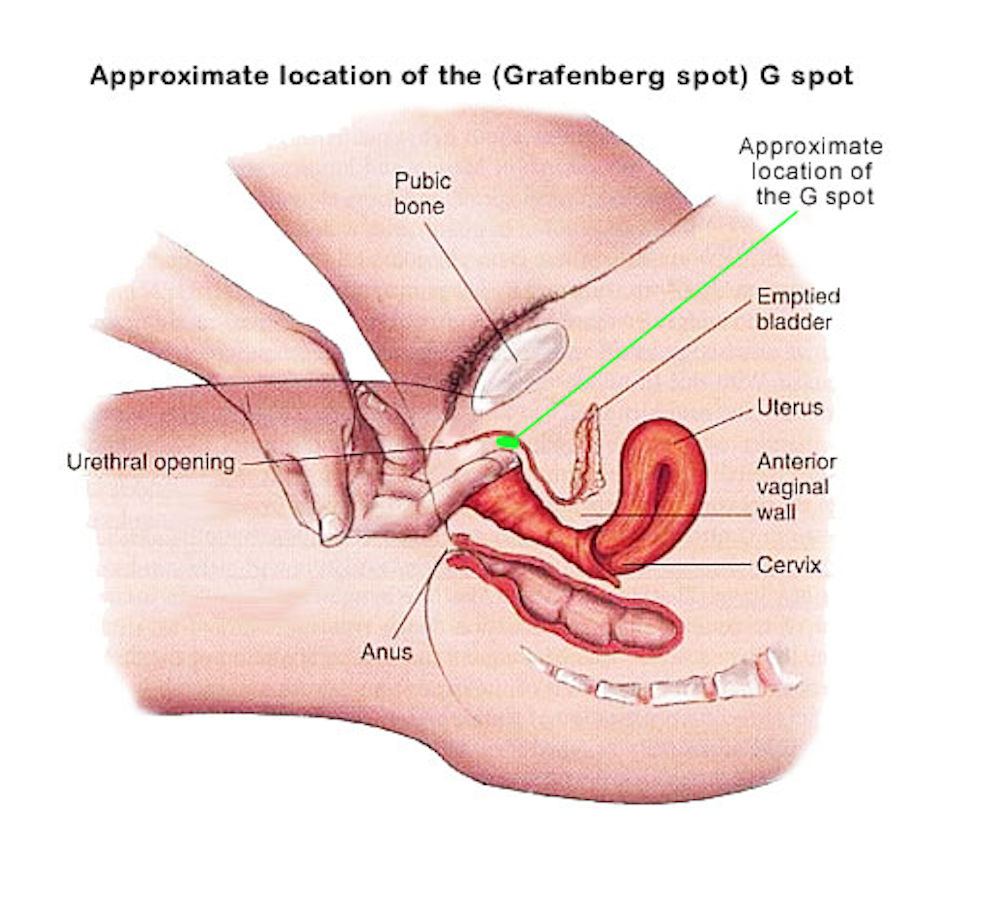
Human sexuality is a multifaceted realm, rich with intricacies and uncharted territories. One such enigmatic facet is the G-spot orgasm, a source of pleasure that has intrigued, mystified, and delighted individuals for decades. This article aims to unravel the mysteries surrounding the G-spot orgasm, exploring its anatomy, stimulation techniques, and the various experiences associated with it.

Understanding the G-Spot:
The G-spot, short for Grafenberg spot, is an erogenous zone located inside the vagina, about 1 to 2 inches up on the front wall. This sensitive area is believed to be linked to the paraurethral glands, which are akin to the male prostate. It was named after the German gynecologist Ernst Gräfenberg, who first documented its existence in the 1950s.
Stimulation Techniques:
Location and Pressure: Locating the G-spot requires patience and communication. With fingers or a curved sex toy, explore the upper wall of the vagina. Apply gentle, rhythmic pressure and observe the response. Some individuals may prefer a firm touch, while others may prefer a lighter touch.
Communication: Open communication with a partner is crucial. Everyone's body is unique, and preferences can vary widely. Discussing desires, boundaries, and comfort levels fosters a trusting and enjoyable experience.
Experimentation: Experimenting with different techniques can enhance pleasure. Circular or come-hither motions with fingers, coupled with clitoral stimulation, are common approaches. It's important to note that what works for one person may not work for another, emphasizing the need for exploration and adaptability.
The G-Spot Orgasm Experience:
Intensity: Many individuals report that G-spot orgasms can be more intense and localized than orgasms achieved through other forms of stimulation. The concentrated nature of the sensations can lead to powerful climaxes.
Fluid Release: Some people experience female ejaculation, colloquially known as "squirting," during G-spot stimulation. This is the release of fluid from the paraurethral glands and is a natural response for some individuals.
Variability: The G-spot orgasm experience can vary widely among individuals. Some may find it elusive, while others may experience it regularly. Factors such as relaxation, arousal, and emotional connection can influence the likelihood of achieving a G-spot orgasm.
Cultural Perspectives and Myths:
Cultural Attitudes: Cultural attitudes towards female sexuality, pleasure, and the G-spot have evolved over time. Open conversations, education, and the dismantling of myths contribute to a healthier understanding of sexual satisfaction.
Myths and Misconceptions: There are various myths surrounding the G-spot, including doubts about its existence and its role in sexual pleasure. Dispelling these myths through education and open dialogue is essential for fostering a positive and informed perspective.
Conclusion:
The G-spot orgasm represents a fascinating aspect of human sexuality, offering a unique avenue for pleasure and connection. As individuals continue to explore their bodies and communicate openly with partners, the understanding and appreciation of the G-spot orgasm will undoubtedly evolve. Embracing the diversity of sexual experiences and dismantling stigmas surrounding female pleasure contribute to a more liberated and fulfilling sexual landscape.
.png)